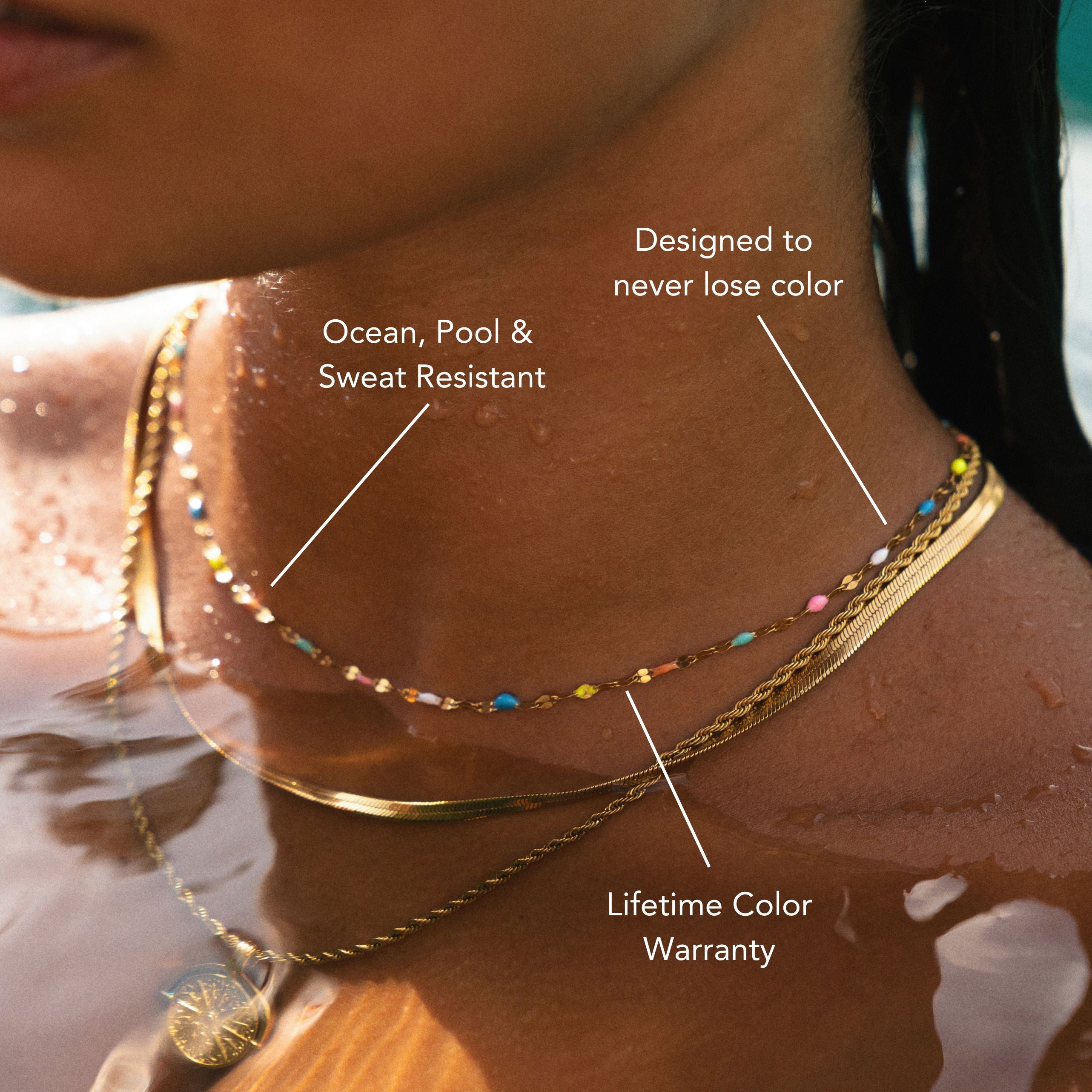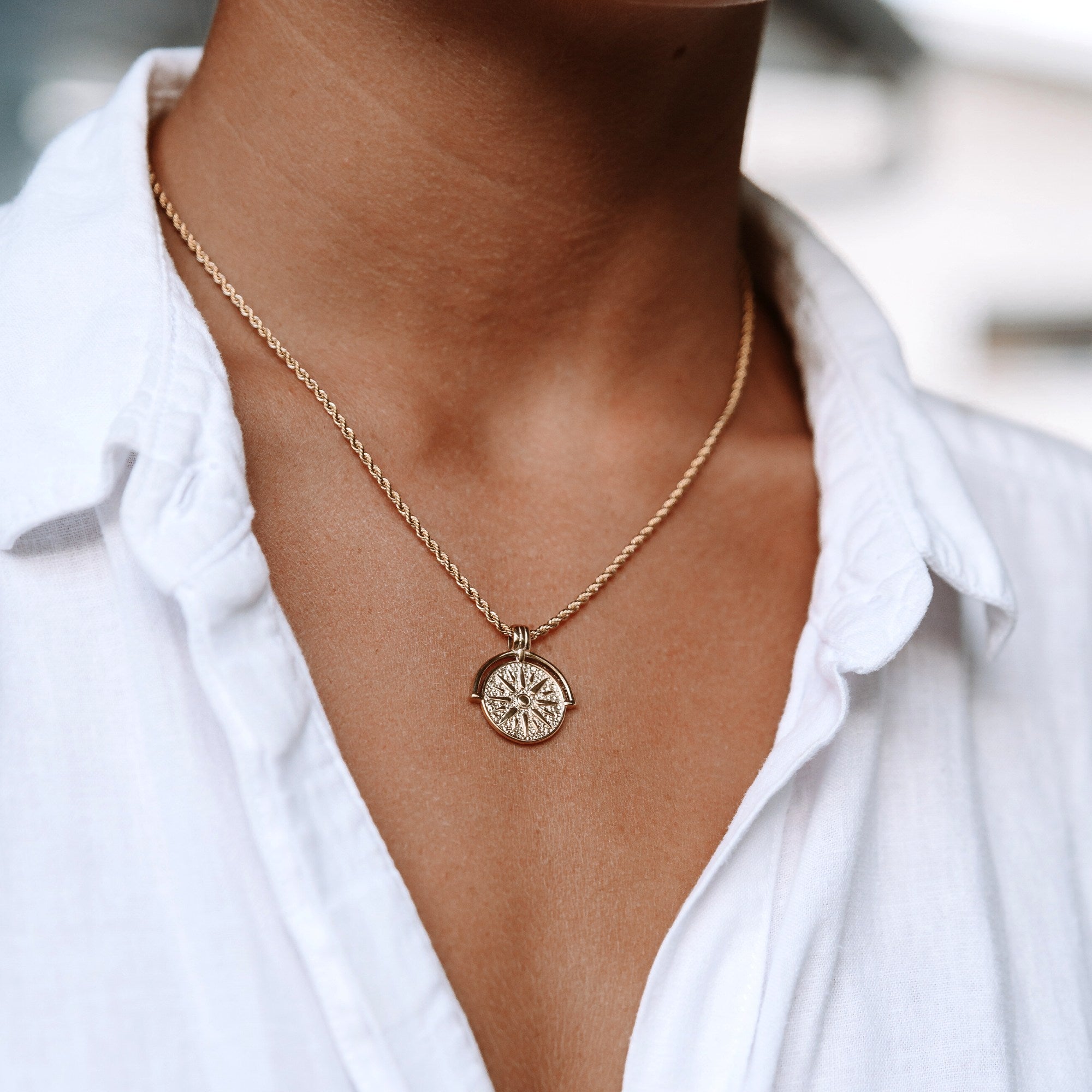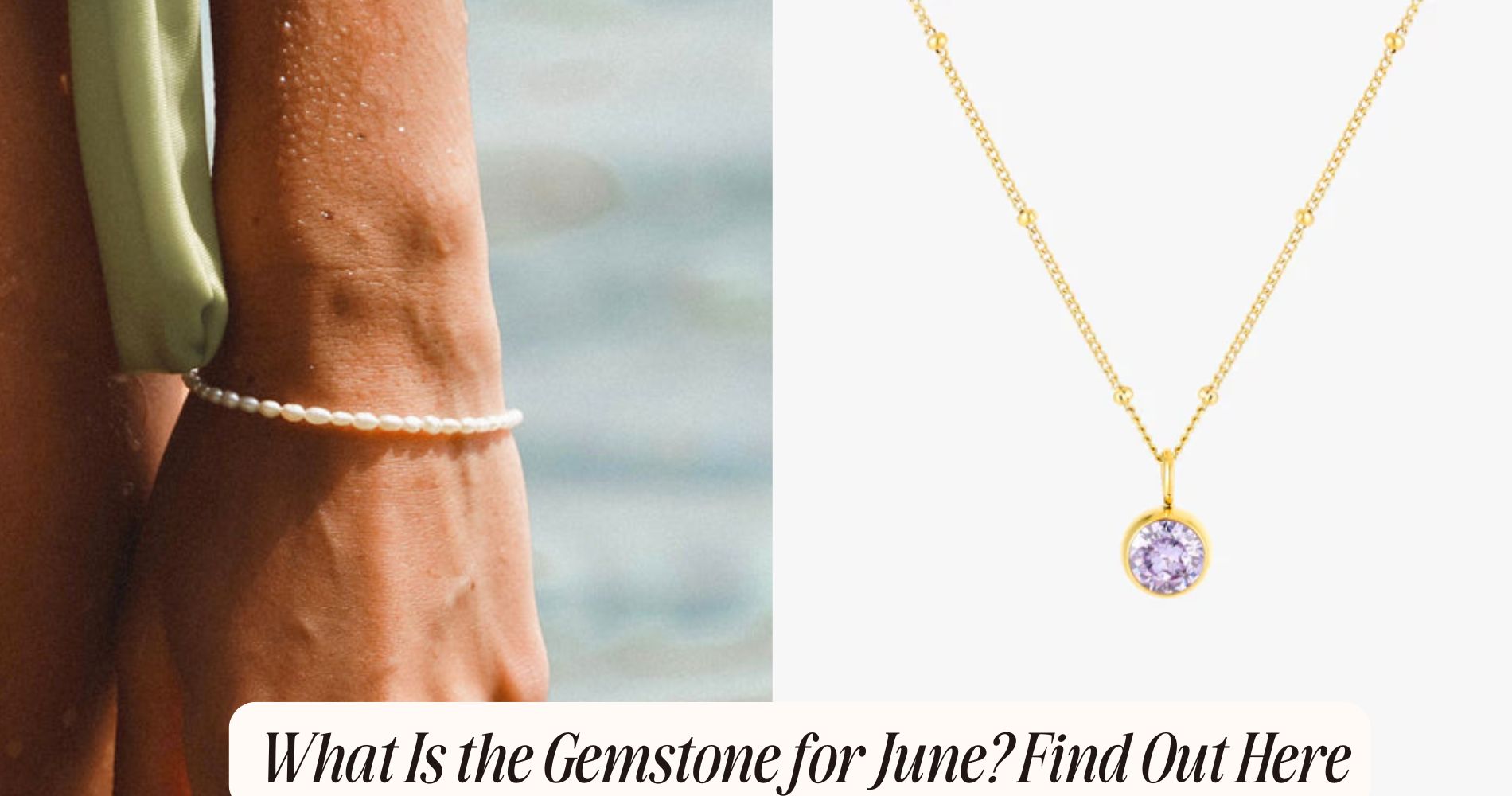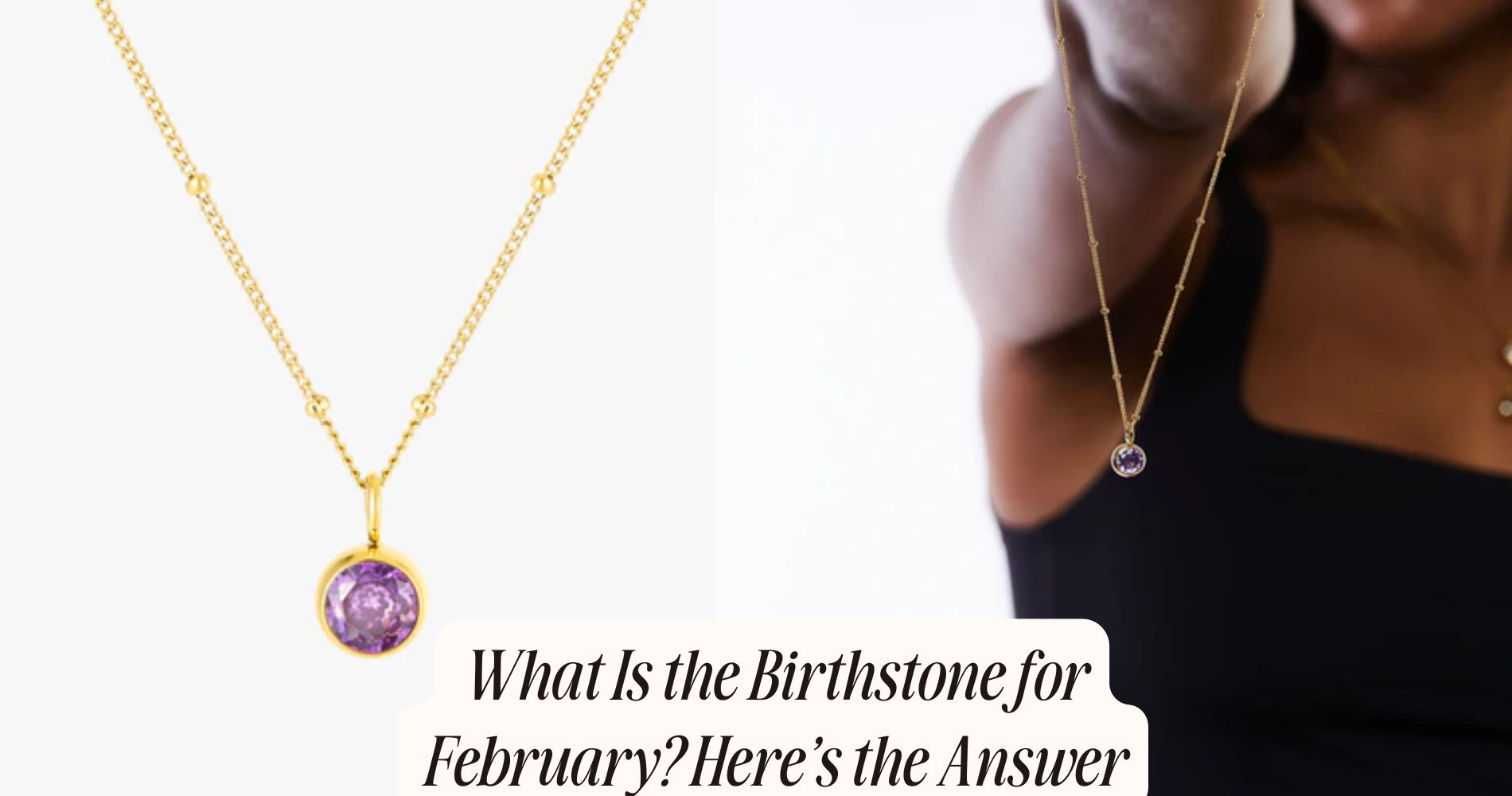
What Causes Jewelry to Tarnish and How to Prevent It
Understanding Tarnish Formation
Tarnish forms when your jewelry interacts with elements in the environment, leading to a slow deterioration of its shine. Understanding the tarnish chemistry helps you grasp why certain materials are more prone to this issue. When your jewelry contains metals like silver or copper, it can react with sulfur compounds in the air or moisture, creating a layer of tarnish that dulls its luster.
These chemical reactions can greatly affect your jewelry's lifespan. If left untreated, tarnish can cause irreversible damage, making your favorite pieces look old and worn. You might notice a darkened hue or uneven patches that mar your jewelry's beauty.
To combat this, consider how you store and care for your pieces. Keeping them in a dry, airtight container can minimize exposure to tarnishing agents.
Regular cleaning with appropriate solutions also helps maintain their shine and integrity. Being proactive about understanding tarnish formation empowers you to protect your investments. With the right knowledge and care, you can prolong the life of your jewelry, ensuring it remains a radiant part of your collection for years to come.
Common Causes of Tarnishing
Jewelry enthusiasts often find themselves grappling with the frustrating reality of tarnishing, which can stem from various environmental and lifestyle factors. One major culprit is exposure to moisture. Whether it's humidity in the air or water from washing your hands, dampness accelerates tarnishing.
Plus, don't overlook the effect of everyday products like lotions, perfumes, and cleaning agents, which can leave residues that tarnish your favorite pieces.
Tarnishing misconceptions often lead you to think that only silver suffers from this fate, but gold and platinum can tarnish too, albeit at a slower rate. Even some costume jewelry is susceptible, especially if it contains metal alloys.
Another overlooked factor is storage. If you toss your jewelry in a drawer or leave it out in the open, you're inviting tarnish. Proper jewelry care includes using anti-tarnish pouches or cloths, and keeping items in a dry, cool place.
Lastly, your skin's natural oils can contribute to tarnishing. Frequent wear can speed up the process, so remember to clean your jewelry regularly.
Understanding these common causes can help you protect your precious items and maintain their shine.
Types of Jewelry Most Affected
When it comes to tarnishing, silver jewelry is particularly vulnerable, often losing its luster faster than you might expect.
Costume jewelry, made from a mix of materials, can also show signs of wear and discoloration over time.
Even gold-plated items aren't immune; their thin layer of gold can wear away, revealing the less desirable metal underneath.
Silver Jewelry Vulnerability
Many people don't realize just how susceptible silver jewelry is to tarnishing, especially when it comes to specific styles and compositions. The oxidation process can wreak havoc on your favorite pieces, making them look dull and lifeless over time.
Silver jewelry often contains a silver alloy composition, which typically includes copper. This combination enhances strength but also contributes to tarnishing, as copper reacts quickly with sulfur in the air, leading to those unsightly dark spots.
Certain styles, like intricate designs or pieces with exposed edges, are more vulnerable. The crevices can trap moisture and air, accelerating tarnishing. For instance, a beautifully detailed ring or a pair of dangling earrings may require more frequent cleaning than simpler styles.
If you wear your silver jewelry often, sweat and environmental factors can speed up the oxidation process even more, so you'll want to be proactive.
To maintain the luster of your silver jewelry, consider storing it in anti-tarnish pouches and cleaning it regularly with a gentle silver polish. By taking these precautions, you can keep your pieces shining bright and looking as good as new for years to come.
Costume Jewelry Materials
Costume jewelry often uses a variety of materials that can considerably impact its durability and appearance over time. Typically made from non-precious metals, plastics, and glass, these pieces may look stunning but are often more susceptible to tarnishing and wear. For instance, brass and copper can develop a patina, dulling the finish and making them less appealing.
When you choose costume jewelry, consider its durability. Items adorned with rhinestones or faux pearls may look glamorous, but they're often glued rather than set, which can lead to stones falling out. Similarly, painted or coated surfaces may chip or fade with wear, requiring extra attention in your costume jewelry care routine.
To keep your costume jewelry looking its best, store it in a cool, dry place, away from humidity and direct sunlight. Regularly wipe your pieces with a soft, dry cloth to remove oils and dirt. Avoid exposing them to harsh chemicals found in perfumes and cleaning products.
Gold-Plated Items Risk
Gold-plated jewelry can add a touch of elegance to your ensemble, but it comes with its own set of risks. While gold plating provides an affordable way to enjoy the luxurious look of gold, you'll want to be aware of the durability concerns associated with such pieces.
The thin layer of gold can wear off over time, especially with frequent exposure to moisture, perfumes, or chemicals. Items like rings, bracelets, and necklaces often face the most significant risks due to their everyday wear and tear.
For instance, if you wear a gold-plated ring while washing your hands, the soap can erode the plating and expose the base metal beneath. Similarly, bracelets that rub against other surfaces can lose their shine much faster than you'd expect.
To prolong the life of your gold-plated treasures, consider taking them off during activities that involve water or sweat. Additionally, store them separately in a soft pouch or lined box to minimize scratches.
Environmental Factors Influencing Tarnish
Tarnish can be an unwelcome guest in the life of your jewelry, often brought on by environmental factors lurking in your surroundings. One major player is humidity levels. High humidity creates a damp atmosphere that encourages oxidation, especially in metals like silver. When moisture clings to your jewelry, it forms a perfect breeding ground for tarnish to develop.
Air pollution is another culprit you mightn't immediately consider. Particulate matter, such as sulfur compounds, can settle on your jewelry, accelerating tarnishing. This is especially true if you live in urban areas or near industrial sites, where air quality can be compromised.
Even everyday activities, like cooking or cleaning, can introduce pollutants that cling to your favorite pieces.
So, when you're wearing or storing your jewelry, consider the environment around you. Keeping your pieces in a low-humidity area, using anti-tarnish pouches, or simply storing them in a soft cloth can go a long way in preserving their luster.
Chemical Reactions and Tarnishing
When it comes to the life of your jewelry, chemical reactions play an essential role in the tarnishing process. At the heart of this phenomenon is the oxidation process, where metals like silver and copper react with elements in the air, primarily oxygen and sulfur.
As these elements mingle with your jewelry, they break down the chemical bonds that keep the metal shiny and bright. The result? A dull, discolored surface that many recognize as tarnish. It's like a silent thief robbing your jewelry of its luster.
This reaction occurs more rapidly in humid or polluted environments, where corrosive agents are more prevalent. You might be surprised to learn that even your body's natural oils and sweat can speed up the oxidation process.
When you wear your jewelry, these substances can cling to the metal, further promoting tarnish. Understanding these chemical reactions helps you appreciate the care your jewelry needs.
Best Practices for Prevention
To keep your jewelry sparkling and free from tarnish, it's crucial to master proper storage techniques and establish a regular cleaning routine.
Use anti-tarnish pouches or lined boxes to shield your pieces from moisture and air exposure.
Proper Storage Techniques
Storing your jewelry properly can make all the difference in maintaining its shine and luster. To protect your treasured pieces from tarnishing, consider using air-tight containers. These sealed environments limit exposure to moisture and air, which are two major culprits in the tarnishing process. Select containers that are soft-lined to prevent scratches and damage.
Additionally, incorporating anti-tarnish pouches into your storage routine can offer extra protection. These pouches contain special materials that absorb moisture and pollutants, creating a barrier against tarnish. Simply place your jewelry in these pouches before sealing them in air-tight containers for maximum effect.
When storing multiple pieces, be sure to keep them separate. Use individual pouches or wrap them in soft cloths to avoid tangles and scratches. Remember, the less exposure to the elements, the better!
Lastly, consider keeping your jewelry in a cool, dry place away from direct sunlight. By following these proper storage techniques, you'll not only keep your jewelry looking gorgeous but also extend its life, ensuring that every sparkle remains intact for years to come.
Regular Cleaning Routine
A consistent cleaning routine can greatly enhance the longevity of your jewelry and prevent tarnish buildup. To keep your pieces sparkling, aim to clean them every few weeks, adjusting the cleaning frequency based on how often you wear them. If you wear your jewelry daily, consider a bi-weekly schedule. For items you wear less often, a monthly cleaning might suffice.
When it comes to cleaning solutions, opt for gentle, non-abrasive formulas. A mixture of warm water and mild dish soap works wonders for most metals and gemstones. Simply soak your jewelry for a few minutes, then use a soft cloth or a toothbrush with soft bristles to gently scrub away any grime.
Rinse thoroughly and dry with a lint-free cloth to prevent water spots.
Don't forget to pay extra attention to intricate designs and settings, where dirt tends to accumulate. For silver pieces, specialized silver cleaning solutions can be particularly effective.
Cleaning and Maintenance Tips
Regularly cleaning and maintaining your jewelry not only keeps it looking its best but also extends its life. Start by establishing a simple maintenance schedule—aim for a thorough cleaning every month. For day-to-day upkeep, a soft, lint-free cloth can work wonders. Gently rub your pieces after wearing them to remove oils and dirt.
When it's time for a deeper clean, choose suitable cleaning solutions. A mixture of warm water and mild dish soap often does the trick. Soak your jewelry for a few minutes, then use a soft brush to reach intricate areas. Rinse thoroughly and dry with a soft cloth.
For silver pieces, consider a dedicated silver polish to combat tarnish effectively.
Keep your jewelry organized and away from harsh environments. Store pieces separately in soft pouches or lined boxes to prevent scratches. Avoid wearing your favorite items while swimming or exercising, as sweat and chlorine can accelerate tarnishing.
Frequently Asked Questions
Can Tarnish Be Removed Completely From Jewelry?
Yes, you can achieve tarnish removal effectively with proper jewelry care techniques. Gently polishing with a soft cloth or using specialized cleaners can restore your pieces, making them shine beautifully once again. Don't forget regular maintenance!
Is Tarnishing More Common in Certain Climates?
Yes, tarnishing's more common in humid climates and areas with high environmental pollutants. When humidity levels rise, moisture interacts with metals, accelerating tarnishing. Keeping your jewelry clean and stored properly can help mitigate these effects.
Does Wearing Jewelry Regularly Prevent Tarnishing?
Wearing jewelry regularly can help reduce tarnishing, but it depends on your wearing habits and the metal types. Frequent contact with skin oils and moisture creates a protective layer, slowing down tarnish formation effectively.
Are There Specific Storage Methods to Avoid Tarnish?
To avoid tarnish, you should use proper storage methods. Keep your jewelry in anti-tarnish pouches and away from humidity. This simple practice greatly extends your pieces' brilliance and prevents unsightly discoloration over time.
How Does Skin Acidity Affect Jewelry Tarnishing?
Your skin's pH influences metal reactions, causing certain jewelry to tarnish faster. If your skin's more acidic, it can accelerate the corrosion process, leading to unwanted discoloration on your cherished pieces. Keep an eye on it!
Conclusion
To summarize, keeping your jewelry tarnish-free is all about understanding the causes and taking proactive steps. By avoiding exposure to harsh chemicals and storing your pieces properly, you can maintain their shine and beauty. Regular cleaning and mindful wear can make a world of difference. So, treat your jewelry with care, and it'll reward you with a lasting sparkle. After all, a little prevention goes a long way in preserving those cherished treasures!
























Leave a comment
This site is protected by hCaptcha and the hCaptcha Privacy Policy and Terms of Service apply.